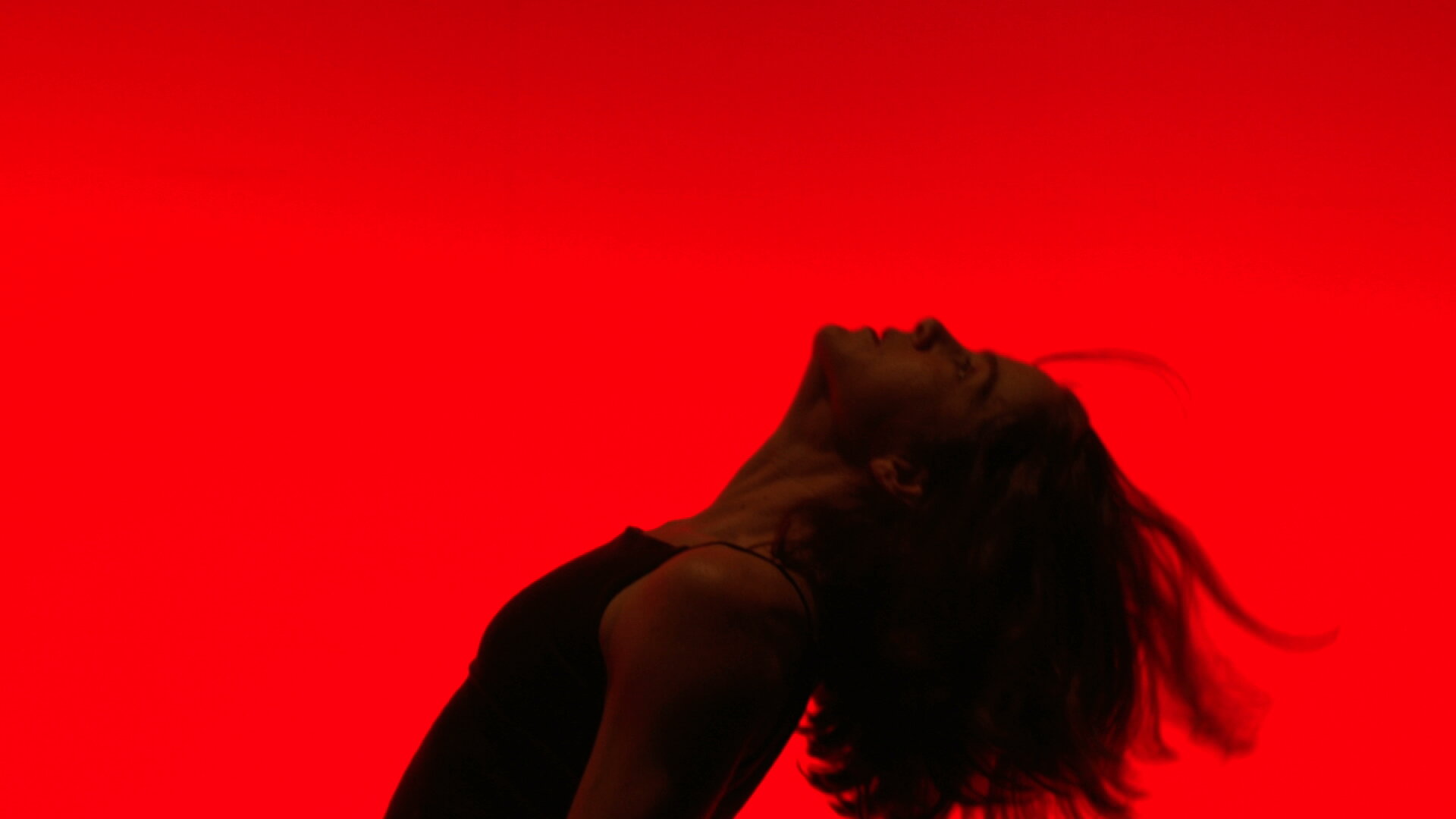 Chroma (2012) by Jeremy Moss
Chroma (2012) by Jeremy Moss
CROSSROADS at 14
October 6–29
Yerba Buena Center for the Arts
701 Mission Street | San Francisco
Admission and Access: This program is presented in two alternating one-hour programs which will run continuously in YBCA’s screening room during gallery hours—Thursday–Sunday; 11–5pm. Admission to this screening is included with YBCA/Bay Area Now general admission ($9). Advance gallery admissions can be purchased here
On the occasion of Bay Area Now 9, Cinematheque returns for two special screenings at Yerba Buena Center for the Arts in the month of October. Running October 6–29, CROSSROADS at 14 looks back on the first fourteen years of Cinematheque’s annual festival. San Francisco Cinematheque: Contemporary Views from the Bay Area, featuring work by ten Bay Area filmmakers created 2020–2023, screens October 21.
CROSSROADS at 14
Founded in 2010 by Jonathan Marlow, Vanessa O’Neill and Steve Polta, CROSSROADS is Cinematheque’s annual film festival; its 2023 theatrical iteration just wrapped September 10 after a three-day/ten-program run at Gray Area. With a solid grounding in the Bay Area cultural community, CROSSROADS is now a crucial node in the international film festival community (and the highlight of Cinemateque’s exhibitions), providing Bay Area and online audiences a curated snapshot of contemporary aesthetic trends in non-commercial, avant-garde/experimental and artist-made film, video and performance. Always seeking to expand canons and broaden the field while presenting works by emerging artists alongside those by established filmmakers, CROSSROADS prides itself on esoteric selections, new discoveries and quirky resonant gems. Running continuously during YBCA gallery hours, CROSSROADS at 14 looks back on the first fourteen years of the fest, presenting a one-film-per-year lineup of personally important and idiosyncratically memorable works selected by current festival curator Steve Polta. SPECIAL NOTE: The two-program online iteration of CROSSROADS 2023 is coming soon! Join our email list for details!
SCREENING:
The Lonely Chicken Dream (1954) by Beverly D’Angelo (US)
Boys of Summer (2009) by Alee Peoples (US)
A Child Goes Burying Dead Insects (2009) by Rei Hayama (Japan)
Gold Moon, Sharp Arrow (2012) by Malic Amalya (US) & Max Garnet (US)
Chroma (2012) by Jeremy Moss (US)
A Set of Miniatures: (an aging process); A Kind of Quiet; A Certain Worry (2014) by Jonathan Schwartz (US)
Hold On (2016) by Bettina Hoffmann (Canada/Germany)
About something that concerns us all/Sobre aquilo que nos diz respeito (2016) by Cristiana Miranda (Brazil)
Venus Delta (2016) by Antoinette Zwirchmayr (Austria)
everyday star (2018) by Rajee Samarasinghe (Sri Lanka/US)
It Matters What (2019) by Francisca Duran (Chile/Canada)
June July (2021) by Kevin Jerome Everson (US)
Dans les cieux et sur la terre (2022) by Erin Weisgerber (Canada)
Hevn (2022) by P. Staff (UK)
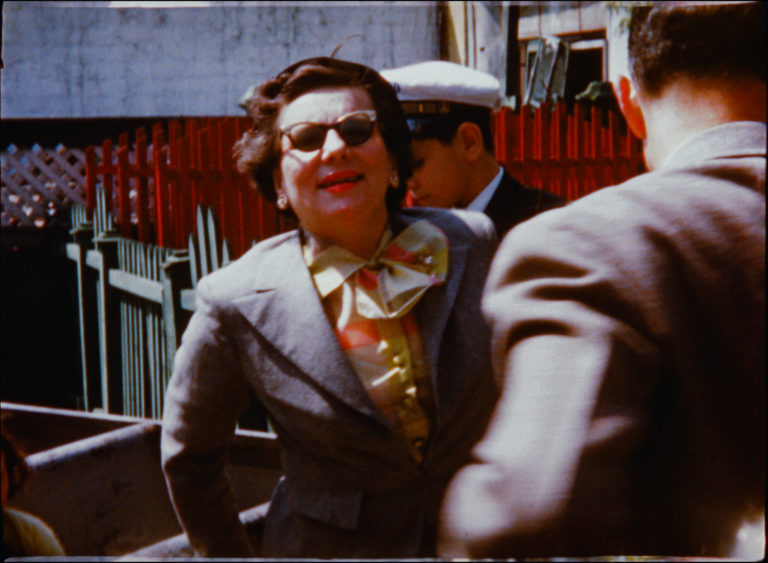
The Lonely Chicken Dream (1954) by Beverly D’Angelo
I acquired this film at the flea market on Sixth Avenue in Manhattan. In it, Beverly dreams that she returns for an afternoon of fun at Coney Island. She goes on one wild ride after another. On awakening, she confronts the grim reality that her husband is having an affair with her best friend, Betty, and that it is her marriage that is a “rollercoaster ride.” Could this Brooklyn housewife have known about Freud and his Interpretation of Dreams? (Zoe Beloff: An Introduction to The Coney Island Amateur Psychoanalytic Society )
Screened in CROSSROADS 2010
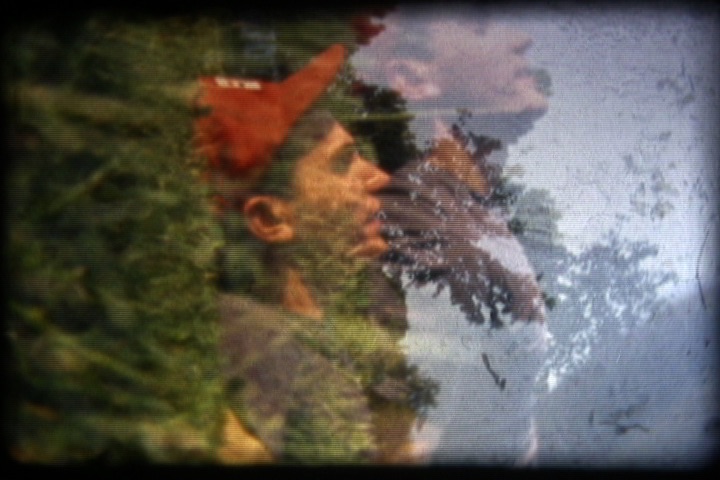
Boys of Summer (2009) by Alee Peoples
Boys of Summer is a pop music essay that is both sweet and serious about the object of desire. Stereotypical male and juvenile fun is how underground youth circles get through the summer. Tongue-in-cheek objectifying is mixed with cryptic symbols of longing and desire along with a brief history of a fraternal order, The Hooded Mask. Eat ice cream while standing on the beach, listening to Phil Collins, staring into the sun. (Alee Peoples)
Screened in CROSSROADS 2011
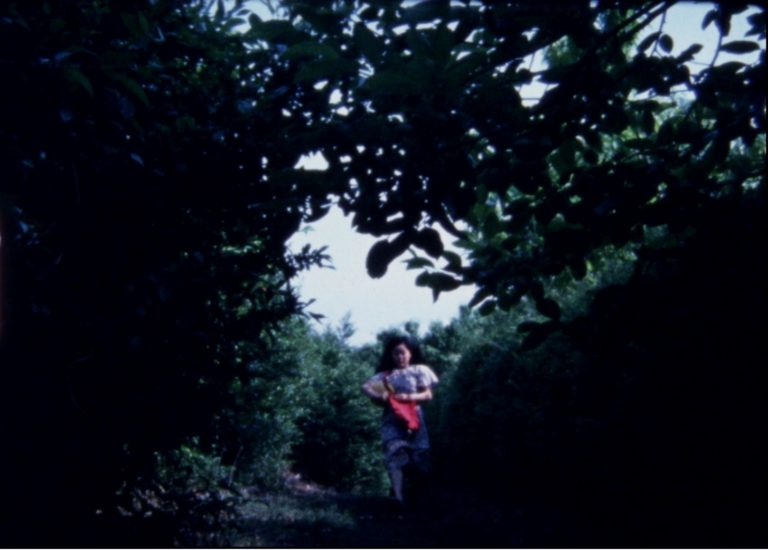
A Child Goes Burying Dead Insects (2009) by Rei Hayama
The Single-8 is a film standard developed by Japanese photography company Fujifilm in 1960. Single-8 was widely used as a general home movie recording media and was used by many independent filmmakers, reaching its peak of use in the 1970s. Its sales ceased in 2007 and Fujifilm announced the end of its developing service in 2008. A Child Goes Burying Dead Insects was made in this struggle. A repeated sequence—a child buries dead insects, and she’s running away—was duplicated directly by hand. (Rei Hayama)
Screened in CROSSROADS 2012
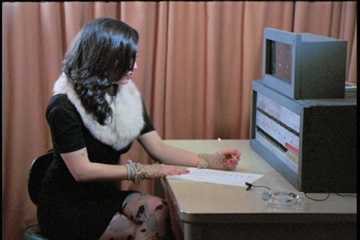
Gold Moon, Sharp Arrow (2012) by Malic Amalya & Max Garnet
Against a backdrop of electrocution, dominance and scientific precision, wasps nest in an abandoned refrigerator, eyelashes flutter and curtains blow in open windows. Adapting Stanley Milgram’s 1963 experiment on obedience to authority, Gold Moon, Sharp Arrow explores how queer communities reenact, resist and respond to assimilation, coercion and trauma. (Malic Amalya & Max Garnet)
Screened in CROSSROADS 2013

Chroma (2012) by Jeremy Moss
A wild and hypnotic ride that focuses, via manic perspective shifts, on the driving movement of a solo figure against a backdrop of frenetically flickering colors; these jolting chromatic and frame variations dance as much as the performer. (Jeremy Moss)
Screened in CROSSROADS 2014
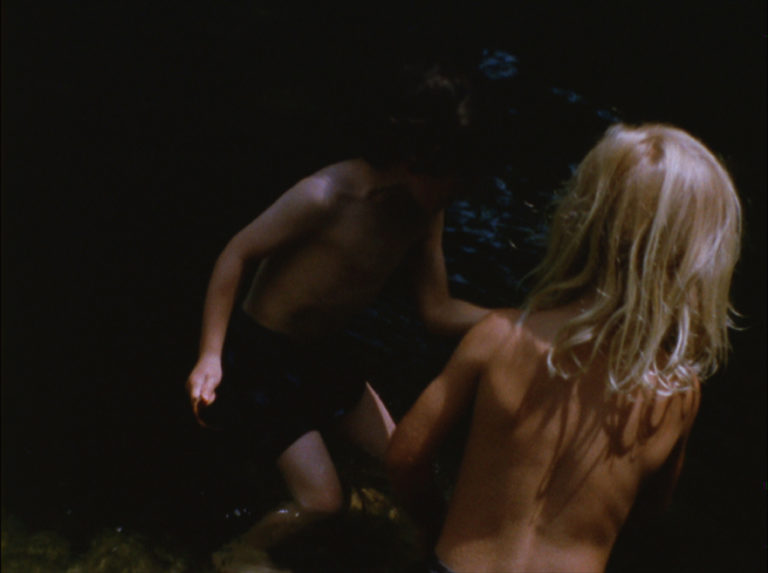
a set of miniatures: (an aging process); A Kind of Quiet; A Certain Worry (2014) by Jonathan Schwartz
(an aging process) located in the peonies blooming and in the early summer river and in the light that falls across playful bodies. A Kind of Quiet situated amid the in between of ascending and descending. It seems hard to land and when this happens something else might disappear. A Certain Worry enveloped in the covering of the ground, illuminated around a face, light on something ferocious, touch upon something gentle. Jonathan Schwartz)
Screened in CROSSROADS 2015
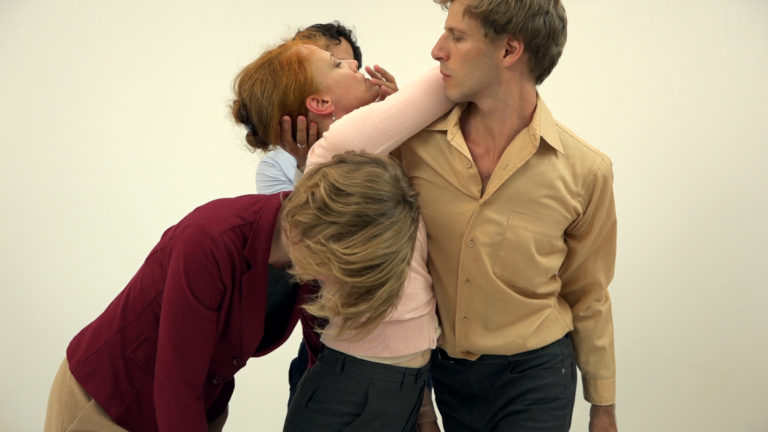
Hold On (2016) by Bettina Hoffmann
Four people are gathering in a vast room. Suddenly one gets weak and is about to collapse. The others try to keep her upright, though two of them cannot use their hands and arms, whereas the third one can only use her/his hands and nothing else. Their movements result in a chaotic and intimate, sometimes violent, at other times sensual struggle, like a dance of caring and indifference… (Bettina Hoffmann)
Screened in CROSSROADS 2016
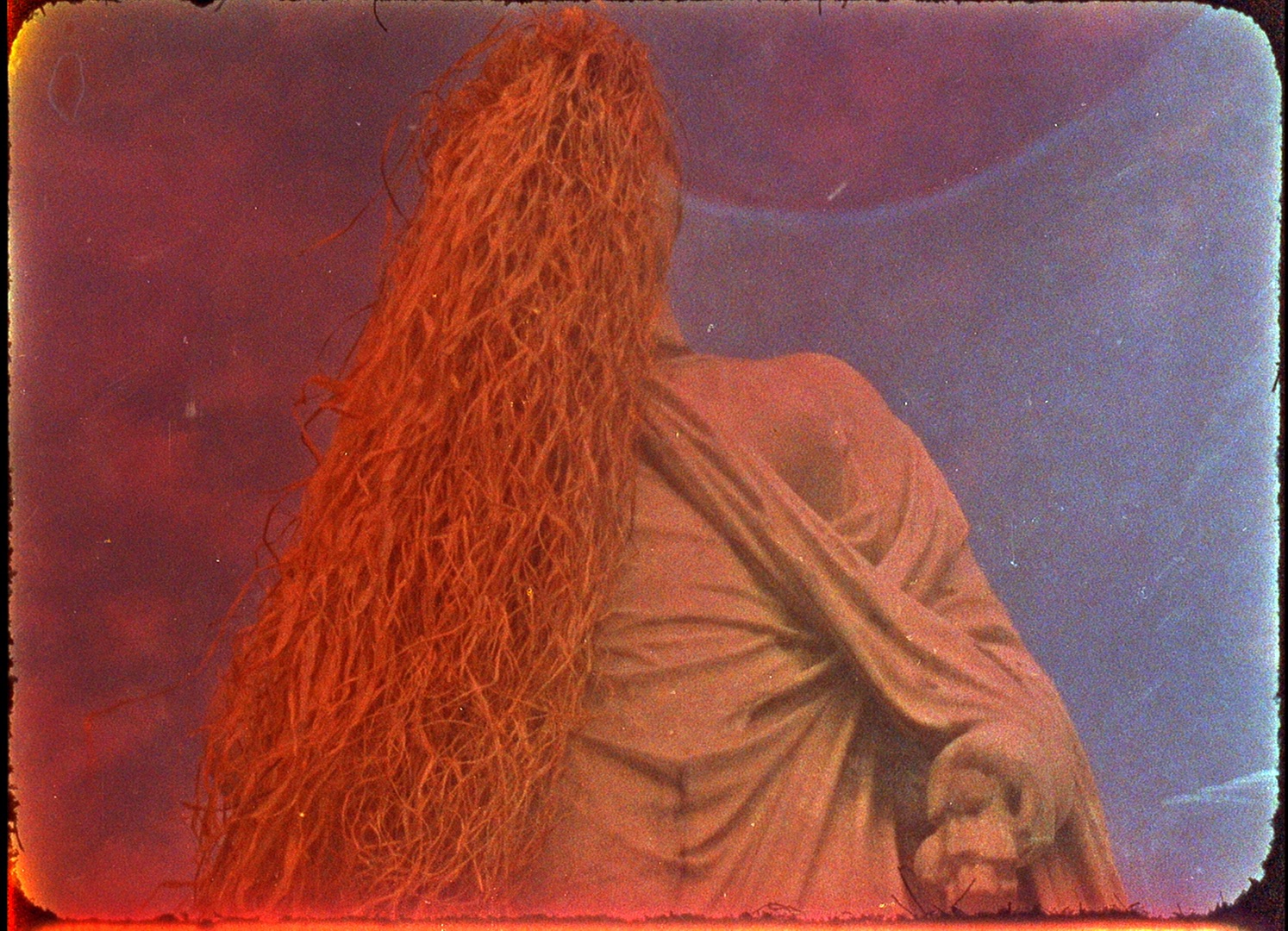
About something that concerns us all/Sobre aquilo que nos diz respeito (2016) by Cristina Miranda
The Roman statues of the Hanging Garden of Valongo hide histories of blood and death. A garden seven meters up from the ground, with long stairways that border the Hill of Conceição, from where they stand guard over the bends of Guanabara Bay, that the city insists on occupying. A monument for a city of slaves. (Cristina Miranda)
Screened in CROSSROADS 2017
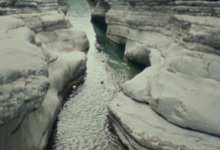
Venus Delta (2016) by Antoinette Zwirchmayr
[…A surreal quality infests these visually sumptuous quasi-still lifes, accentuating barely noticeable tensions between human form and nature, body and object, between male and female forces in minute details[…]. Watching the curious golden balls float out of sight down the slow-moving stream channels feelings of loss and longing as well as more positive notions of departure, promise and adventure. (Julia Dossi)
Screened in CROSSROADS 2018
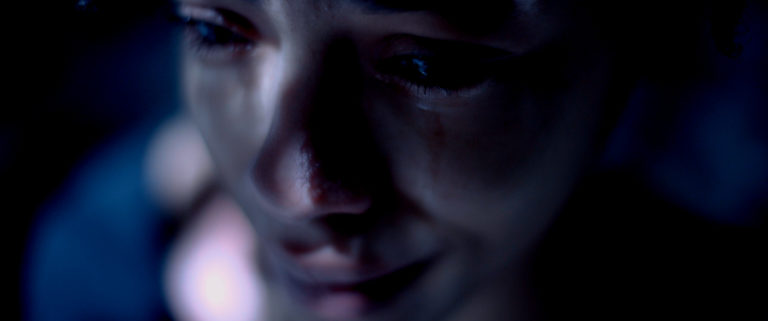
Everyday Star (2018) by Rajee Samarasinghe
Everyday states of being and decay are observed through the infinite scope of the cosmos and the restorative light which emanates from it, driving cinematic and photographic impulses. (Rajee Samarasinghe)
Screened in CROSSROADS 2019
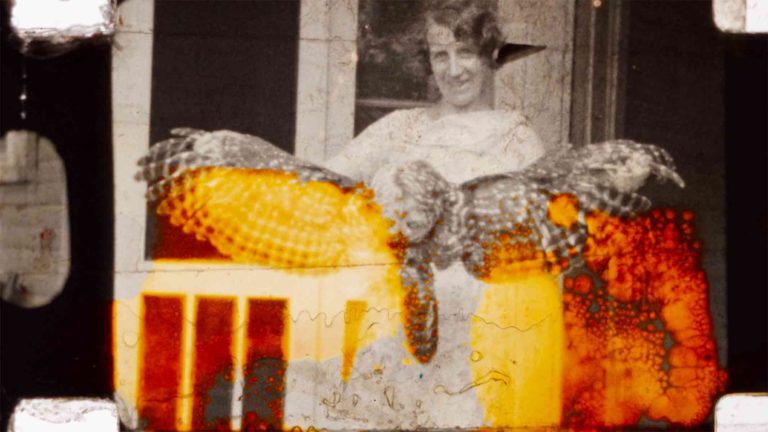
It Matters What (2019) by Francisca Duran
A fragment from Haraway’s essay Tentacular Thinking: Anthropocene, Capitalocene, Chthulucene is reworked here as a poetic manifesto. Enigmatic found-footage calls into question human violence over animal species. Plant life is both the subject matter of the images and assists the means of photographic reproduction. (Francisca Duran)
Screened in CROSSROADS 2020
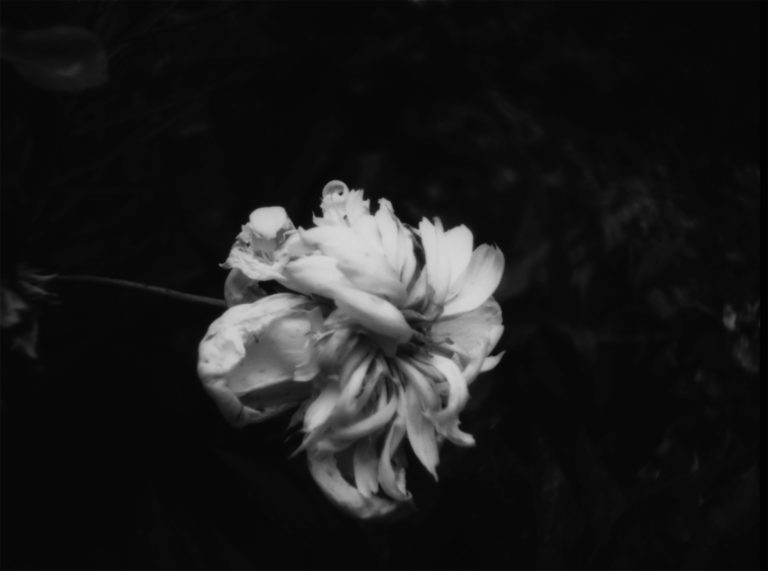
June July (2021) by Kevin Jerome Everson
June July are represented with peonies and the year 2020. (Kevin Jerome Everson)
Screened in CROSSROADS 2021
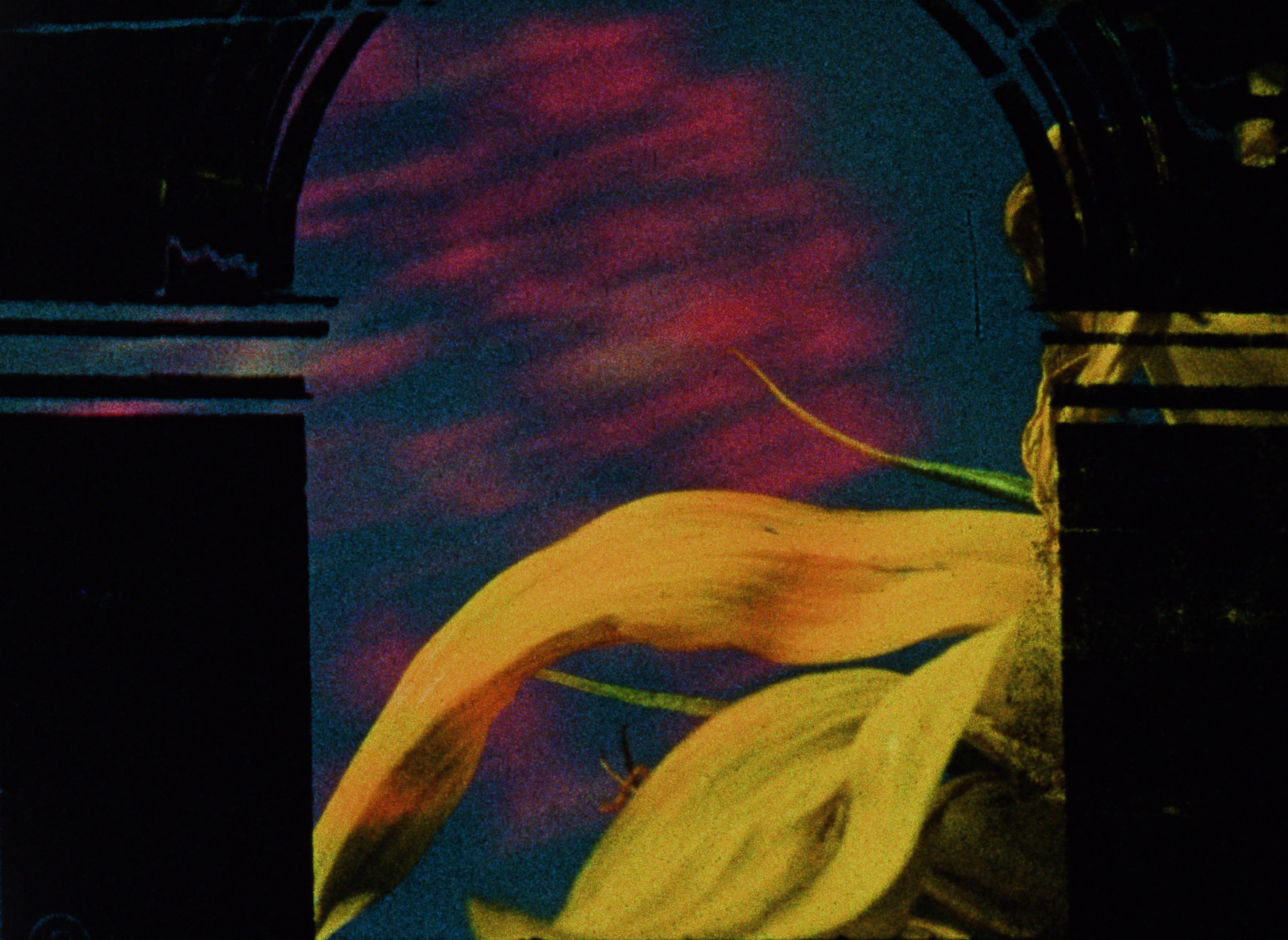
Dans les cieux et sur la terre (2022) by Erin Weisgerber
Vertiginous masses of carved limestone give way to an ecstasy of light and living colour through an alchemical spell of elemental transformation. Hierarchies dissolve as the transient quotidian inspires the monumental. Imprinting successive layers of time in a ritual of repeated gestures, active attention, walked paths, shifting seasons and cycling years. Filmed over seven years in the neighbourhood around the filmmaker’s Montreal home, a foundational local monument meets fleeting traces of urban flora. Golden autumn leafmeal meets the cool of a late-spring iris within the frame’s architectural ground. The film was shot and hand-processed entirely on reversal films, with all of the composite images created in camera. (Erin Weisgerber)
Screened in CROSSROADS 2022
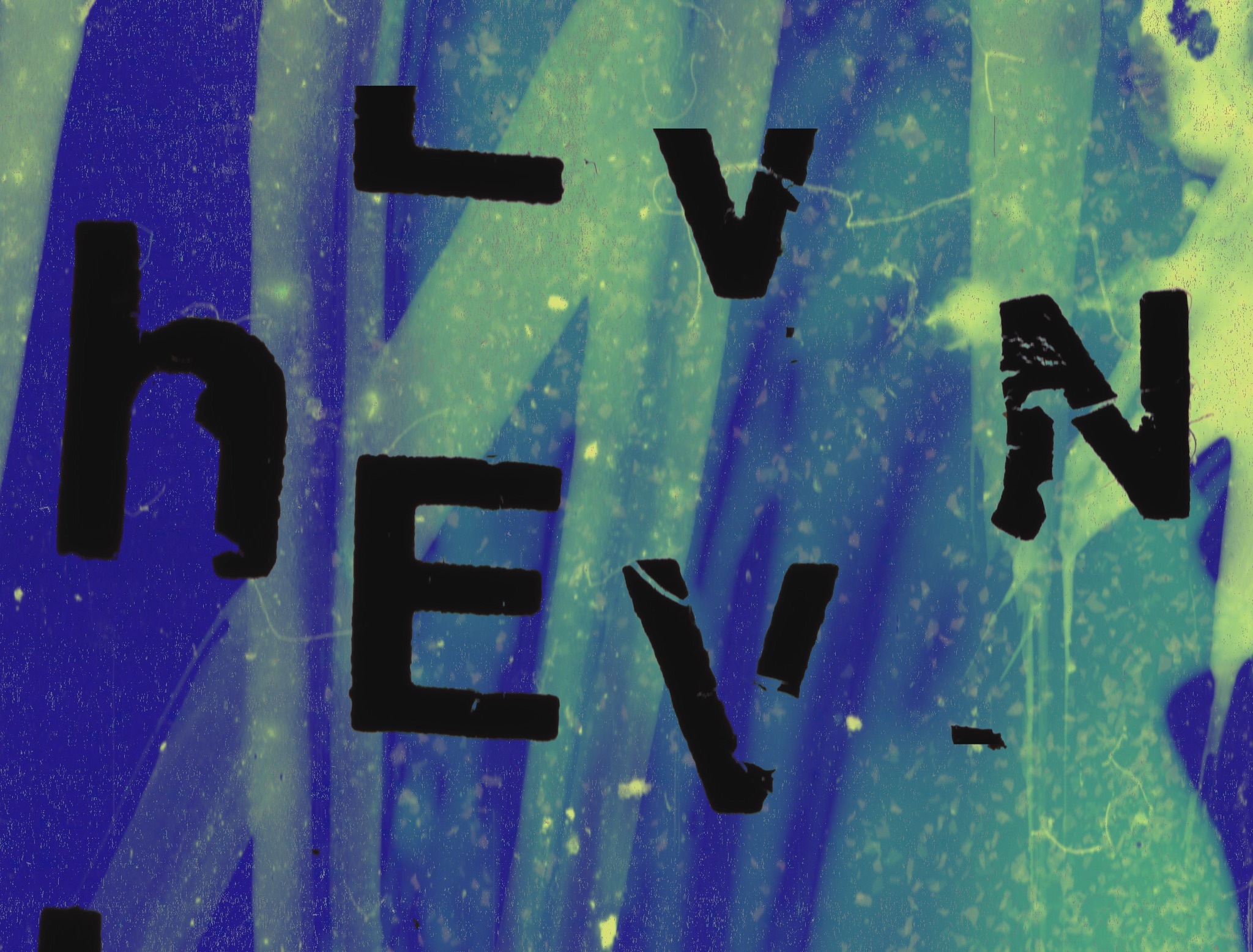
Hevn (2022) by P. Staff
Combining digital and analogue filmmaking techniques with poetry, hand painted animation and industrial sound, Hevn explores pleasure and pain in the sick or debilitated body with Staff’s ongoing interest in the volatility of queer and trans bodies. Glimpses of footage—a shower scene, traffic, friends gathering—are obscured and revealed by layers of hand painted film and lettering, eventually giving way to a titular poem that asks what happens to us in states of dreaming, volatility, inebriation and exhaustion. (LUX)
Screened in CROSSROADS 2023
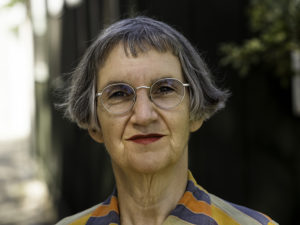 Zoe Beloff (US) is an artist and filmmaker. Her projects often involve films, drawings and archival documents organized around a theme. Such themes include proposals for new forms of community, issues of labor and what might be called the “dream life of technology”—not what technology is or was but people’s imaginative relationship with it. Zoe’s work has been featured in international exhibitions and screenings including at the Whitney Museum Biennale, Site Santa Fe, the M HKA Museum of Contemporary Art in Antwerp, the Pompidou Center in Paris, International Film Festival Rotterdam and FID Marseille. However, she particularly enjoys working in alternative venues that are free and open to the community for events and conversations. Beverly D’Angelo’s film The Lonely Chicken Dream (1954) was discovered by Beloff during her research on The Coney Island Amateur Psychoanalytic Society.
Zoe Beloff (US) is an artist and filmmaker. Her projects often involve films, drawings and archival documents organized around a theme. Such themes include proposals for new forms of community, issues of labor and what might be called the “dream life of technology”—not what technology is or was but people’s imaginative relationship with it. Zoe’s work has been featured in international exhibitions and screenings including at the Whitney Museum Biennale, Site Santa Fe, the M HKA Museum of Contemporary Art in Antwerp, the Pompidou Center in Paris, International Film Festival Rotterdam and FID Marseille. However, she particularly enjoys working in alternative venues that are free and open to the community for events and conversations. Beverly D’Angelo’s film The Lonely Chicken Dream (1954) was discovered by Beloff during her research on The Coney Island Amateur Psychoanalytic Society.
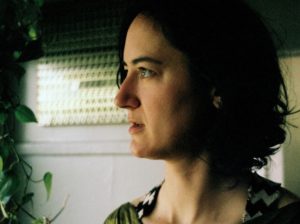 Alee Peoples (US) maintains a varied artistic practice that involves screen-printing, sewing, sculpture and film. Currently living in Los Angeles, she has taught youth classes at Echo Park Film Center and shown her sculpture and film work at GAIT, 4th Wall and elephant. Peoples has shown her films at numerous festivals, including Edinburgh Film Festival, Images the New York Film Festival and CROSSROADS, and at museums and spaces including SFMOMA, the Brooklyn Museum of Art, The Pompidou Center, Dirt Palace (Providence) and The Nightingale (Chicago). Started in 2022, Arroyo Seco Cine Club is a thematically programmed film series she co-curates with Mike Stoltz. She is inspired by pedestrian histories and pop song lyrics and is invested in the hand-made.
Alee Peoples (US) maintains a varied artistic practice that involves screen-printing, sewing, sculpture and film. Currently living in Los Angeles, she has taught youth classes at Echo Park Film Center and shown her sculpture and film work at GAIT, 4th Wall and elephant. Peoples has shown her films at numerous festivals, including Edinburgh Film Festival, Images the New York Film Festival and CROSSROADS, and at museums and spaces including SFMOMA, the Brooklyn Museum of Art, The Pompidou Center, Dirt Palace (Providence) and The Nightingale (Chicago). Started in 2022, Arroyo Seco Cine Club is a thematically programmed film series she co-curates with Mike Stoltz. She is inspired by pedestrian histories and pop song lyrics and is invested in the hand-made.
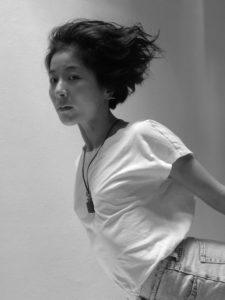 Rei Hayama (Japan) spent her childhood in a unique environment with frequent interaction with wildlife and environmental problems. She studied at the Department of Moving Images and Performing Arts, Tama Art University and has been making moving images since 2008. While gently seeking the harmonious connection between nature and human beings, her works revolve around nature and other living things that have been lost or neglected from an anthropocentric point of view, bringing forward invisible layers of natural reality into human imagination. Recently, her works have been exhibited at Bonner Kunstverein, National Gallery of Zimbabwe, Jeu de Paume and Sifang Art Museum, amongst other venues. She was selected as one of the finalists for Commission Project of Yebisu International Festival for Art and Alternative Visons 2023.
Rei Hayama (Japan) spent her childhood in a unique environment with frequent interaction with wildlife and environmental problems. She studied at the Department of Moving Images and Performing Arts, Tama Art University and has been making moving images since 2008. While gently seeking the harmonious connection between nature and human beings, her works revolve around nature and other living things that have been lost or neglected from an anthropocentric point of view, bringing forward invisible layers of natural reality into human imagination. Recently, her works have been exhibited at Bonner Kunstverein, National Gallery of Zimbabwe, Jeu de Paume and Sifang Art Museum, amongst other venues. She was selected as one of the finalists for Commission Project of Yebisu International Festival for Art and Alternative Visons 2023.
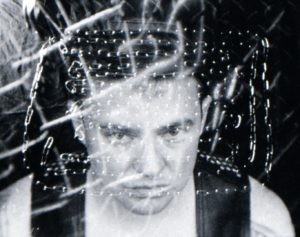 Visceral and cacophonous, Malic Amalya’s (US) experimental films traverse gritty landscapes of abandoned buildings, blast zones and back rooms. Malic’s work has screened in festivals, museums and queer bars across the world. His films are distributed by Canyon Cinema in San Francisco and the Collectif Jeune Cinema in Paris. Malic is an Assistant Professor of Experimental Media and Film Production at Emerson College in Boston, Massachusetts.
Visceral and cacophonous, Malic Amalya’s (US) experimental films traverse gritty landscapes of abandoned buildings, blast zones and back rooms. Malic’s work has screened in festivals, museums and queer bars across the world. His films are distributed by Canyon Cinema in San Francisco and the Collectif Jeune Cinema in Paris. Malic is an Assistant Professor of Experimental Media and Film Production at Emerson College in Boston, Massachusetts.
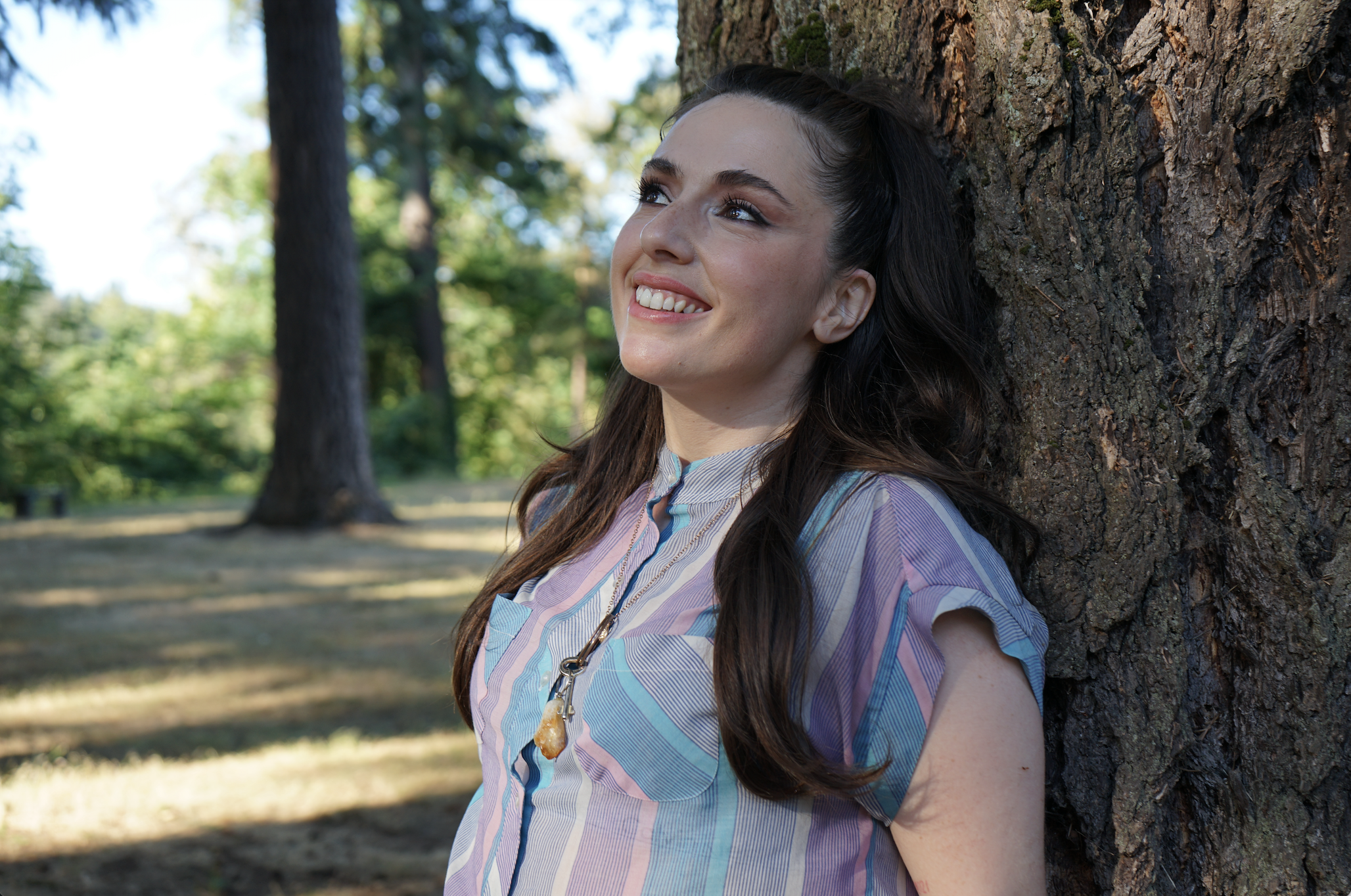 Max Garnet (US): Based in the PNW, raised deep in the midwest, a writer, artist and storyteller since age 5, Max wields different languages for connecting: shape, color, dance, cyber security, etc. Max is most interested in finding & creating places where fascism becomes impossible to exist.
Max Garnet (US): Based in the PNW, raised deep in the midwest, a writer, artist and storyteller since age 5, Max wields different languages for connecting: shape, color, dance, cyber security, etc. Max is most interested in finding & creating places where fascism becomes impossible to exist.
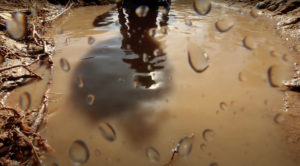 Jeremy Moss (US, b. Utah 1978) is a filmmaker, educator and programmer working in film and video primarily for cinematic exhibition. Mixing a number of genres and modes, from dance film to experimental documentary, his work insists on fluidity, betweenness and seismic sudden shifts. With a constant attention to movement—wavering bodies, moving landscapes, glimmering frames—his films sustain a sensory resistance to fixedness, steadiness and standing still.
Jeremy Moss (US, b. Utah 1978) is a filmmaker, educator and programmer working in film and video primarily for cinematic exhibition. Mixing a number of genres and modes, from dance film to experimental documentary, his work insists on fluidity, betweenness and seismic sudden shifts. With a constant attention to movement—wavering bodies, moving landscapes, glimmering frames—his films sustain a sensory resistance to fixedness, steadiness and standing still.
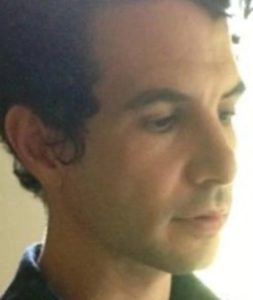 Jonathan Schwartz (US, 1973-2018) was a filmmaker, teacher and source of inspiration for all his friends and students. Jonathan incorporated found and collected materials in many of his films and simultaneously developed his unique 16mm vision through intimate exchanges with his subjects, handheld gestures, in-camera superimpositions and a profound attention to the transient qualities of the world around us. Whether in his short collage films or works shot in his home, on his many walks, or during cinematic journeys to Israel, India, Turkey or Iceland, his work simultaneously embodies a devotion to the ephemerality of external worlds and a gestural responsiveness to evanescent internal states. Often incorporating aurally textured poetic readings and other times eschewing all words, Jonathan’s films both lacerate and console as we confront his unique cinematic expression of sorrow, disquiet and exultation.
Jonathan Schwartz (US, 1973-2018) was a filmmaker, teacher and source of inspiration for all his friends and students. Jonathan incorporated found and collected materials in many of his films and simultaneously developed his unique 16mm vision through intimate exchanges with his subjects, handheld gestures, in-camera superimpositions and a profound attention to the transient qualities of the world around us. Whether in his short collage films or works shot in his home, on his many walks, or during cinematic journeys to Israel, India, Turkey or Iceland, his work simultaneously embodies a devotion to the ephemerality of external worlds and a gestural responsiveness to evanescent internal states. Often incorporating aurally textured poetic readings and other times eschewing all words, Jonathan’s films both lacerate and console as we confront his unique cinematic expression of sorrow, disquiet and exultation.
 Bettina Hoffmann (Germany/Canada) is an artist originally from Berlin, based in Tiohtià:ke/Montréal, Canada. Hoffmann’s work has been exhibited in Germany, the Netherlands, Austria, United Kingdom, Rumania, South Korea, Japan, USA and Canada. Solo exhibitions include Choreography of Movements, Goethe Institut Montreal, 2019; Touch at Occurrence, 2016; Drain at Oboro, Montreal, 2014; Émile, Art Gallery of Ontario, Toronto, 2009; Décalage at Prefix Institute of Contemporary Art, Toronto; Kristi Engel Gallery, Los Angeles 2008; and Mois de la Photo à Montréal, 2007. Her videos have been presented at film festivals and video art fairs internationally. Her performances have been presented at the Darling Foundry, Tangente + Occurrence in Montreal and several venues in Tokyo. Hoffmann received a Master of Fine Arts degree from Hochschule der Künste, Berlin and attended the California Institute of the Arts and the Rijksakademie van beeldende Kunsten, Amsterdam.
Bettina Hoffmann (Germany/Canada) is an artist originally from Berlin, based in Tiohtià:ke/Montréal, Canada. Hoffmann’s work has been exhibited in Germany, the Netherlands, Austria, United Kingdom, Rumania, South Korea, Japan, USA and Canada. Solo exhibitions include Choreography of Movements, Goethe Institut Montreal, 2019; Touch at Occurrence, 2016; Drain at Oboro, Montreal, 2014; Émile, Art Gallery of Ontario, Toronto, 2009; Décalage at Prefix Institute of Contemporary Art, Toronto; Kristi Engel Gallery, Los Angeles 2008; and Mois de la Photo à Montréal, 2007. Her videos have been presented at film festivals and video art fairs internationally. Her performances have been presented at the Darling Foundry, Tangente + Occurrence in Montreal and several venues in Tokyo. Hoffmann received a Master of Fine Arts degree from Hochschule der Künste, Berlin and attended the California Institute of the Arts and the Rijksakademie van beeldende Kunsten, Amsterdam.
Cristina Miranda (Brazil): Visual artist born in Rio de Janeiro. Through cinematographic practices with 16mm film, she investigates the gaps in colonial memory, searching in the gesture of revealing the image for emergences of reminiscences of the past. In 2017, held a retrospective of her films at the Rio de Janeiro Cinematheque of Modern Art, Pequenos Poemas: Filmes de Cristiana Miranda. Participated in several Art Exhibitions and Experimental Film Festivals all around the world. Among international Film Festivals she has participated in Mientrastanto CINE, Montevideo; Festival de Cine Cámara Lúcida, Equador; CROSSROADS Film Festival, San Francisco; Experiments in Cinema, Albuquerque and Festival des Cinémas Différents, Paris.
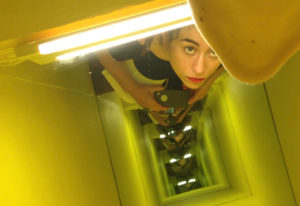 Antoinette Zwirchmayr (Austria): Studied at the Academy of Fine Arts Vienna. Her works have been featured in festivals including Berlinale, Toronto International Film Festival, International Short Film Festival Oberhausen, Indielisboa, Media City Film Festival, Ann Arbor Film Festival and FID Marseille. She has been awarded with the Outstanding Artist Award (BKA 2020), a six month residency in New York (ISCP), the Start-Up Grant for Young Film Artists (Austria 2017), the annual grant for photography (Land Salzburg 2017) Simon S. Filmaward (2016) and the Kodak Cinematic Vision Award (Ann Arbor Film Festival 2016), among other awards.
Antoinette Zwirchmayr (Austria): Studied at the Academy of Fine Arts Vienna. Her works have been featured in festivals including Berlinale, Toronto International Film Festival, International Short Film Festival Oberhausen, Indielisboa, Media City Film Festival, Ann Arbor Film Festival and FID Marseille. She has been awarded with the Outstanding Artist Award (BKA 2020), a six month residency in New York (ISCP), the Start-Up Grant for Young Film Artists (Austria 2017), the annual grant for photography (Land Salzburg 2017) Simon S. Filmaward (2016) and the Kodak Cinematic Vision Award (Ann Arbor Film Festival 2016), among other awards.
 Francisca Duran (Chile/Canada) is an experimental media artist who creates films, video installation and 2D mixed-media works about history, memory and violence. Duran has exhibited internationally at film festivals and venues including Edinburgh International Film Festival, International Film Festival Rotterdam, HotDocs, Arkipel, Anthology Film Archives, LA Filmforum, John Hansard Gallery and Gallery 44. Duran holds an MFA from York University and a BAH from Queen’s University. Her practice has been supported by research, travel and production grants from the Canada Council for the Arts. Artist portrait by Justine McCloskey
Francisca Duran (Chile/Canada) is an experimental media artist who creates films, video installation and 2D mixed-media works about history, memory and violence. Duran has exhibited internationally at film festivals and venues including Edinburgh International Film Festival, International Film Festival Rotterdam, HotDocs, Arkipel, Anthology Film Archives, LA Filmforum, John Hansard Gallery and Gallery 44. Duran holds an MFA from York University and a BAH from Queen’s University. Her practice has been supported by research, travel and production grants from the Canada Council for the Arts. Artist portrait by Justine McCloskey
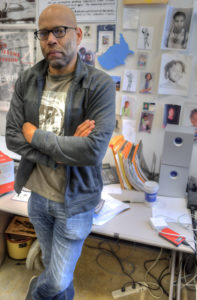 Kevin Jerome Everson (US, b.1965, Mansfield OH). Professor of Art at University of Virginia, Charlottesville. Everson’s art practice encompasses printmaking, sculpture, photography and film. Recipient of the Guggenheim; Berlin Prize; Heinz Award in Art and Humanities; Alpert Award for Film/Video and Rome Prize. His work has been featured in mid-career retrospectives at Cinéma du réel; Harvard Film Archive; Tate Modern/Film; Whitney Museum; Centre Pompidou; Modern and Contemporary Art Museum, Seoul; Cinematek Brussels; the Whitney Biennial, Sharjah Biennial and the Carnegie International.
Kevin Jerome Everson (US, b.1965, Mansfield OH). Professor of Art at University of Virginia, Charlottesville. Everson’s art practice encompasses printmaking, sculpture, photography and film. Recipient of the Guggenheim; Berlin Prize; Heinz Award in Art and Humanities; Alpert Award for Film/Video and Rome Prize. His work has been featured in mid-career retrospectives at Cinéma du réel; Harvard Film Archive; Tate Modern/Film; Whitney Museum; Centre Pompidou; Modern and Contemporary Art Museum, Seoul; Cinematek Brussels; the Whitney Biennial, Sharjah Biennial and the Carnegie International.
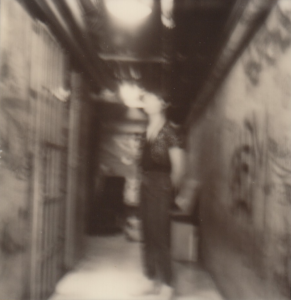 Erin Weisgerber (Canada) is a Tiohtia:ke/Montreal-based artist working with photochemical film to produce installations, performances and short films. She manipulates the photographic, chemical and material properties of film to transform the world framed through her camera, rendering moving images that exist between figuration and abstraction, external vision and internal landscape. Weisgerber is a member of the Double Negative Collective, a group of moving-image artists dedicated to the creation and exhibition of experimental and avant-garde cinema and who maintain an artist-run film lab. Since 2019 she is a member of Jerusalem in My Heart, a live audio-visual performance project, with Lebanese producer and musician Radwan Ghazi Moumneh.
Erin Weisgerber (Canada) is a Tiohtia:ke/Montreal-based artist working with photochemical film to produce installations, performances and short films. She manipulates the photographic, chemical and material properties of film to transform the world framed through her camera, rendering moving images that exist between figuration and abstraction, external vision and internal landscape. Weisgerber is a member of the Double Negative Collective, a group of moving-image artists dedicated to the creation and exhibition of experimental and avant-garde cinema and who maintain an artist-run film lab. Since 2019 she is a member of Jerusalem in My Heart, a live audio-visual performance project, with Lebanese producer and musician Radwan Ghazi Moumneh.
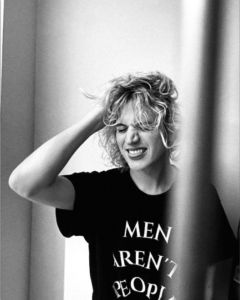 P. Staff (UK) lives and works in Los Angeles and London. Their work combines video installation, performance and publishing to interrogate notions of discipline, dissent, labour and the queer body. They have exhibited extensively, gaining significant recognition and awards for their work which is held in private and public collections internationally. Staff received their BA in Fine Art and Contemporary Critical Studies from Goldsmiths University of London in 2009.
P. Staff (UK) lives and works in Los Angeles and London. Their work combines video installation, performance and publishing to interrogate notions of discipline, dissent, labour and the queer body. They have exhibited extensively, gaining significant recognition and awards for their work which is held in private and public collections internationally. Staff received their BA in Fine Art and Contemporary Critical Studies from Goldsmiths University of London in 2009.